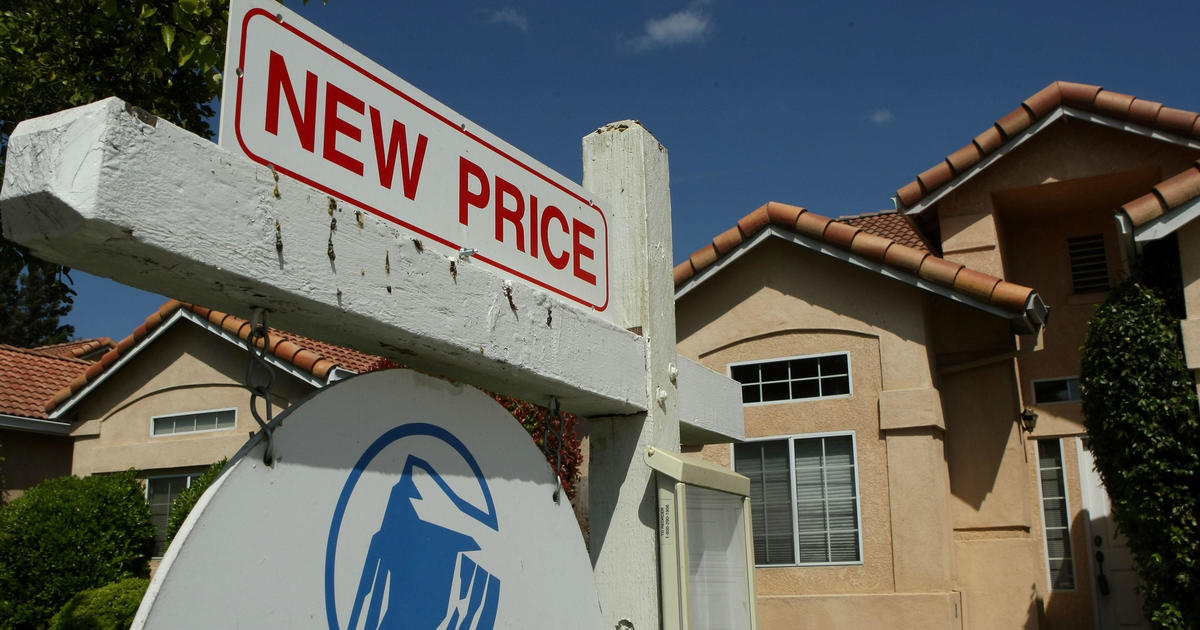Has California ever had a hurricane? One expert says tropical storm threat from Hilary is "nearly unprecedented"
Tropical Storm Hilary hit Southern California after making landfall in Mexico's Baja California peninsula. The storm brought a punch that could include flash flooding and significant amounts of rain, according to the National Hurricane Center.
A tropical storm watch, upgraded to a tropical storm warning, was issued for much of Southern California Friday. The National Weather Service's San Diego outpost said this was the first time such an advisory had ever been issued for the region.
"It is rare — indeed nearly unprecedented in the modern record — to have a tropical system like this move through Southern California," Greg Postel, a hurricane and storm specialist at the Weather Channel, told CBS News.
How rare is a hurricane on the West Coast?
When was the last time a tropical storm hit Southern California?
The last time a tropical storm made landfall in California was 84 years ago — before there was a system of naming storms.
The 1939 storm, called El Cordonazo, became the first and only tropical storm to make landfall in the state in the 20th century, according to the National Weather Service. NWS says the storm, which was at one point a hurricane, originated off the southern coast of Central America before moving north and eventually coming ashore at San Pedro, California.
Resulting floods from the storm killed at least 45 people across the Southern California region and caused $2 million in damage to structures and crops, the weather service reports. Another 48 people were also killed at sea. Cities across the Southern California region experienced torrential rains because of the tropical storm — Los Angeles, for example, saw 5.24" in just 24 hours.
"Californians were generally unprepared and were alerted to their vulnerability to tropical storms," NWS said of the storm in its report about significant weather events in Southern California. The weather bureau established a forecast office in Southern California in 1940 after the disaster.
Has California ever had a hurricane?
Other powerful storms have hit Southern California, including a hurricane in 1858 that hit San Diego with 75 mph winds — what would now be considered a Category 1. The hurricane, which caused extensive wind damage, is considered the only actual hurricane to hit the West Coast, according to National Weather Service.
In 1997, NWS says Hurricane Linda in the Pacific became the strongest storm recorded in the region, with 180 mph winds and 218 mph gusts. However, it didn't make landfall in California, but as a nearby tropical storm it did cause heavy rain and thunderstorms in the area.
That hurricane occurred during an El Niño, which is a weather pattern that is caused when warmer water in the Pacific Ocean effects the jet stream, making it move south. This phenomenon can bring heavy rainfall and flooding to California and drier and warmer weather to the northern U.S. and Canada. The pattern also affects the U.S. Gulf Coast and Southwest, bringing wetter weather than usual.
Meteorologists say El Niño has made a return this spring and was expected to strengthen.
Major West Coast storms this year
California started 2023 with a barrage of storms up and down its coast. A New Year's Eve storm brought record rainfall and landslides to Northern California. In the weeks that followed, a series of storms caused by atmospheric rivers hit the sate.
Atmospheric rivers are long regions in the atmosphere that transport water and can cause significant flooding. About eight atmospheric rivers hit the state between Dec. 26 and Jan. 14, Gov. Gavin Newson said at the time. Many of the storms caused severe flooding, risks of mudslides and evacuations.
The severe weather continued into March and grew more intense when winter storms buried areas of the state — like Yosemite National Park — in record-breaking snowfall.
By May, it was estimated the storms had swamped 150,000 acres in California's Central Valley, destroying crops in the region responsible for producing a quarter of the nation's food, according to numbers from Kings County officials.
Where and when will Hurricane Hilary make landfall?
Hilary was downgraded Sunday to a tropical storm after peaking at a Category 4 hurricane as it approached land. Hilary made landfall in the northern section of Mexico's Baja California peninsula late Sunday morning and several hours later, the center had moved into Souhtern California.
As of 11 p.m. ET Sunday, Hilary was centered about 105 miles northwest of San Diego, California. It had maximum sustained winds of 45 mph, and was moving north-northwest at 28 mph, according to the National Hurricane Center.
The NHC said that heavy rains were already affecting portions of Baja California and the Southwestern U.S. on Saturday. The NHC warned that "catastrophic and life-threatening flooding" was "likely" for both regions.
California Gov. Gavin Newsom issued a state of emergency Saturday for all of Southern California.
How can Californians prepare for Hilary?
According to the National Weather Service, all people living along the coast are at risk of being affected by a hurricane or a tropical storm brewing in their region. The best thing those residents can do is prepare ahead of time.
That preparation includes developing an evacuation and communication plan, stocking up on disaster supplies, preparing your home by cutting down vulnerable trees, and staying up to date on weather forecasts and warnings. Homeowners may want to consider installing a generator and storm shutters, and check your home's insurance status.
Read more here for expert advice on how to prepare for a storm.



